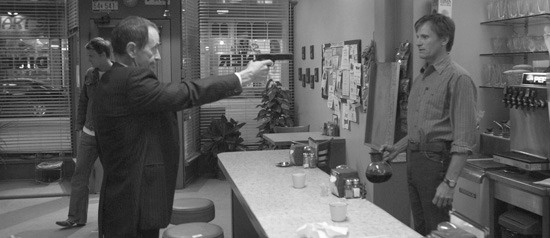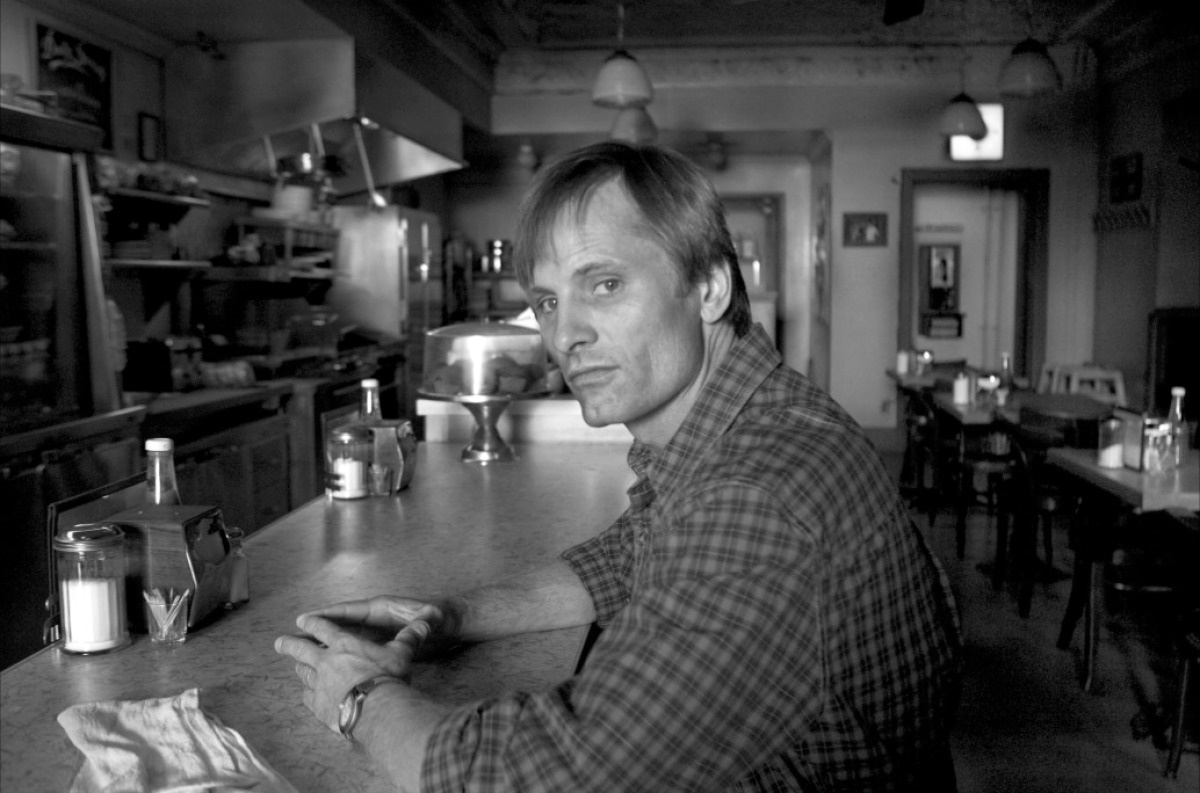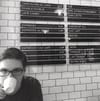Coffee At The Movies Episode 6: A History Of Violence
In David Cronenberg's 2005 masterpiece, coffee is used as a threat—and also as a weapon.

A History Of Violence (2005) appears, on the face of it, like director David Cronenberg’s attempt to go mainstream. Compared to his earlier work, for example Shivers or Videodrome or The Fly, it is a relatively conventional, low-key film. It is reserved, quiet, and measured (apart from the graphic murder) in its exploration of the impact of violence and past lies on small town America.
And yet it still feels like a Cronenberg film. There is an unease that permeates the movie, and the moments of action peppered throughout only add to the anxiety.
It’s all a little mannered, as if something crucial is missing; the acting is restrained, although as this is Cronenberg you can be assured it’s done on purpose. He’s known as one of the originators of the body horror subgenre, and his films, if gross and often confusing, are always deliberate.
Viggo Mortensen plays Tom, a rugged middle American, who runs a modest diner in a small Indiana town. He has a wife, played by Maria Bello, and two children: a teenage son and a younger daughter. His life is unpretentious and comfortable. He chats with the customers - every one of whom he knows by name - as he serves them coffee and pie.
Tom’s life changes, however, when two murderous drifters show up at his diner.
This is where coffee comes in. The diner is the centre of this town, where people meet and converse, eat and relax. The incident in the diner kicks the film into life, the moment that turns it from a Frank Capra-esque study of small town life into a disjointed, paranoiac journey into one man’s past.

Coffee is used as a threat, and also as a weapon. As threat: when Tom tells them that he’s closing up, the drifters ask for coffee. When he insists, they insist harder. As weapon: when they start to threaten his staff and customers, Tom reacts. He is holding the classic glass diner coffee pot, with the dregs of the day’s coffee going cold in the bottom. This pot is swung into the face of one of the crooks, knocking him over. Tom grabs his gun and finishes them off with aplomb.
It all happens at speed, revealing Tom’s experience with weapons, something which will be confirmed later. Cronenberg never shies away from the old ultraviolence, and this scene is particularly gruesome in its depiction of vigilante justice.
To his embarrassment, his heroics bring national attention, with media vans camping outside his house looking for an interview. It also, unfortunately, attracts the attention of some big city gangster-types in an enormous black car, who begin to stalk him and his family.
It is when the leader of these new bad guys introduces himself that things begin to unravel for Tom. Or Joey, which is what Ed Harris’s Carl Fogarty claims is Tom’s real name. A gangster kingpin from Philadelphia who disappeared in search of a new life.
The second scene to revolve around coffee is the scene in which Fogarty and his goons first reveal themselves, demanding coffee in a busy diner from an obviously rattled Tom. It is the beginning of the end. Fogarty consistently calls Tom “Joey”, which Tom takes umbrage at. Fogarty’s threatening demeanour, and insistence that Tom is someone other than who he claims to be, sets the trend for the rest of the film.
(As an aside, the way in which Ed Harris says “coffee”, in a thick Philly drawl, is magnificent.)

A History Of Violence is another example of diner as ideal movie location: diners are generally the centre of small town life, the potential for conflict is always there (between patrons, between staff, between staff and patrons), and they are instantly recognisable to any movie goer. Cronenberg goes out of his way to make Stall’s Diner as simple and homey as possible, in order to distinguish it from the outsiders who intrude upon it.
It might be a stretch to say that coffee has a direct impact on the story in A History Of Violence (except for the impact on that one guy’s face), but it is definitely the case that two of the key moments in the film revolve around coffee in some way. Defending his diner, and his friends, makes Tom known to the wider world. And his first meeting with Fogarty, and Tom’s subsequent unease, begins to unravel his entire world.






